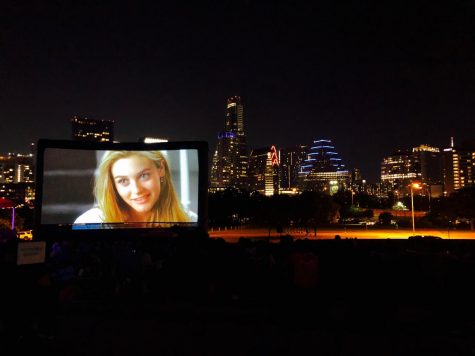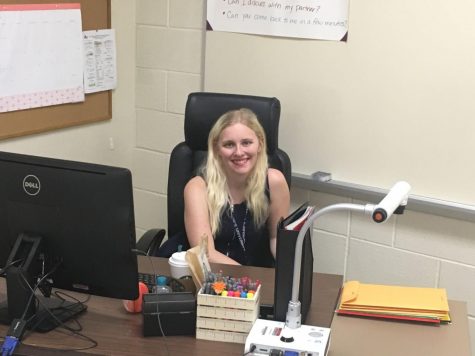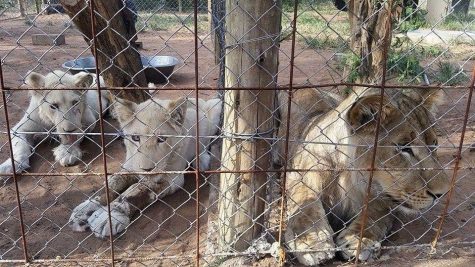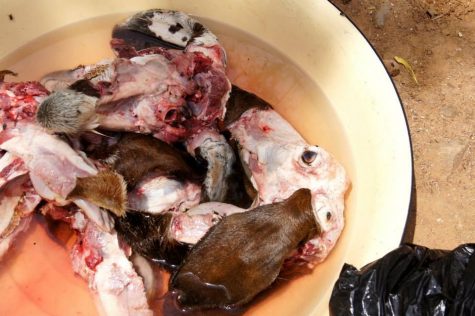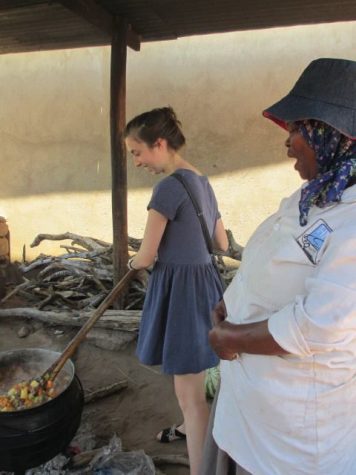QUITO –> SALASAKA
This past weekend I had a new experience: time travel.
Another exchange student from the United States and I signed up for this trip to go to Salasaka, Ecuador with our university. We didn’t really know what the trip included or where in Ecuador we were going exactly. We just wanted to go somewhere, see more of Ecuador and take advantage of the weekend.
We ended up going on a cultural journey, and experiencing a way of life that I honestly had no idea existed.
Although Quito is very different than back home, the basic structure of life is similar. Young people attend universities, do homework, play sports, go to the movies and the mall, go out on the weekends etc.
But in Salasaka, people spend the majority of their lives making ponchos. They worship Mother Earth and bless themselves by rubbing freshly cut flowers on each other. Their first language is Quechua—a native language that the indigenous people spoke before the Spanish conquest— and most people live in small, humble wooden homes. They look forward to the one day a year that their people eat cuy, guinea pig. Most of all, they exude pride and love their way of life.
I saw women removing white puss from cactuses that somehow can dye fabric bright pink. I tasted agave nectar freshly harvested from the blue agave plant, and for the third time in my life, I ate guinea pig.
I know some of you are freaking out about that comment, but guinea pig actually kind of tastes like a piece of rotisserie dark meat chicken. The more creepy part is the presentation, but that’s a little bit of a different story. I tried guinea pig for the first time two summers ago when I went to Peru, last summer when I visited my friend that I’m living with in Ecuador and for the third time again this week.
It’s not my favorite Ecuadorian dish, but it isn’t bad either.
Our tour guide Juan is a student at my university, and he is one of 10 Salasakans to receive a scholarship to attend the La Universidad San Francisco de Quito. Through a grant to help preserve indigenous cultures, he started a tourism program to his hometown. I went with the second group of tourists to experience this ancient culture.
As a journalism major, I have been trained to keep a sense of skepticism close by.
I couldn’t help but wonder if the dances, the spiritual rituals, and the clothes were all some sort of farce to bring in funds for the community. While that might be part of it, I came to the conclusion that this is really how Salasakans live. I talked to the people; I saw their pride.
I asked our tour guide where he preferred to live—in Quito where he now studies or in his Salasakan village. He gave me an interesting response, “I prefer to live where I grew up, but to use my education I have to work in Quito.”
Juan is a senior at my university, and he wears his Salasakan poncho with pride everyday. The poncho is jet black and extends past his knees. Like all Salasakan ponchos, it took his mother six months of daily labor to make, and she will make him another one in about four years.
I asked him why he still wears his poncho. His response made me stop, think and realize that there are outlooks on life that I will truly never be able to understand.
“This poncho is my mommy. This poncho is my life. Without it, I’m not a Salasakan.”


